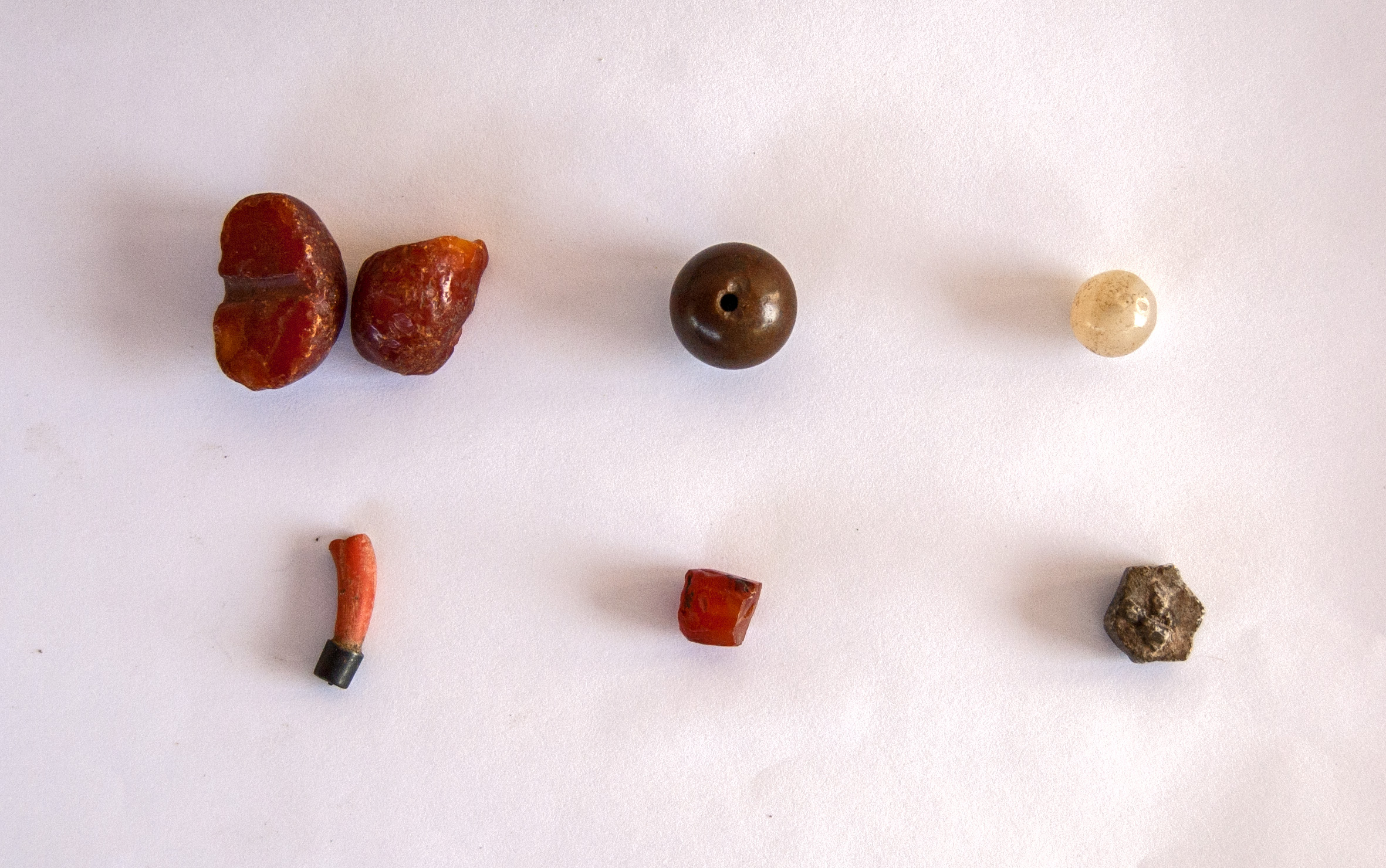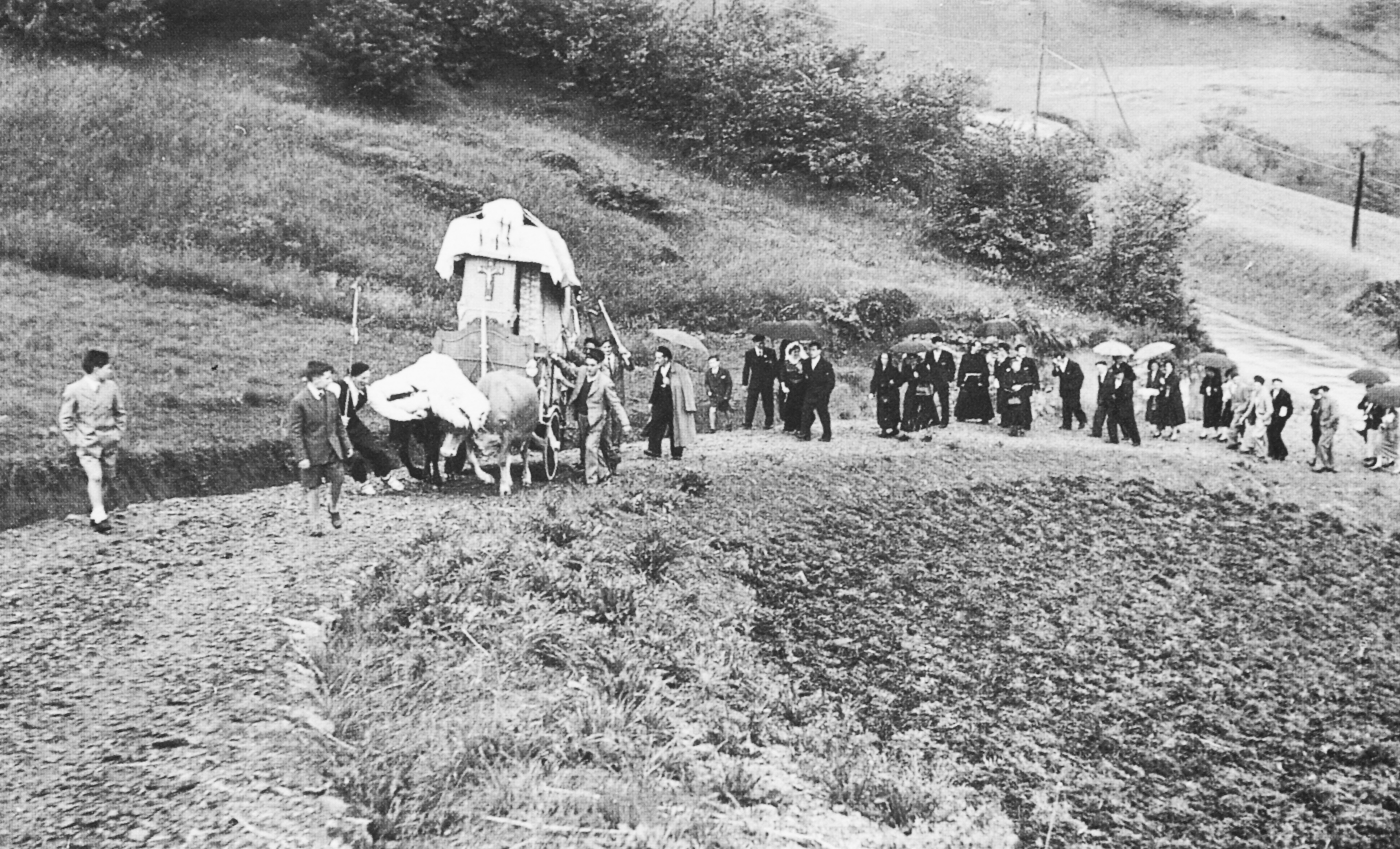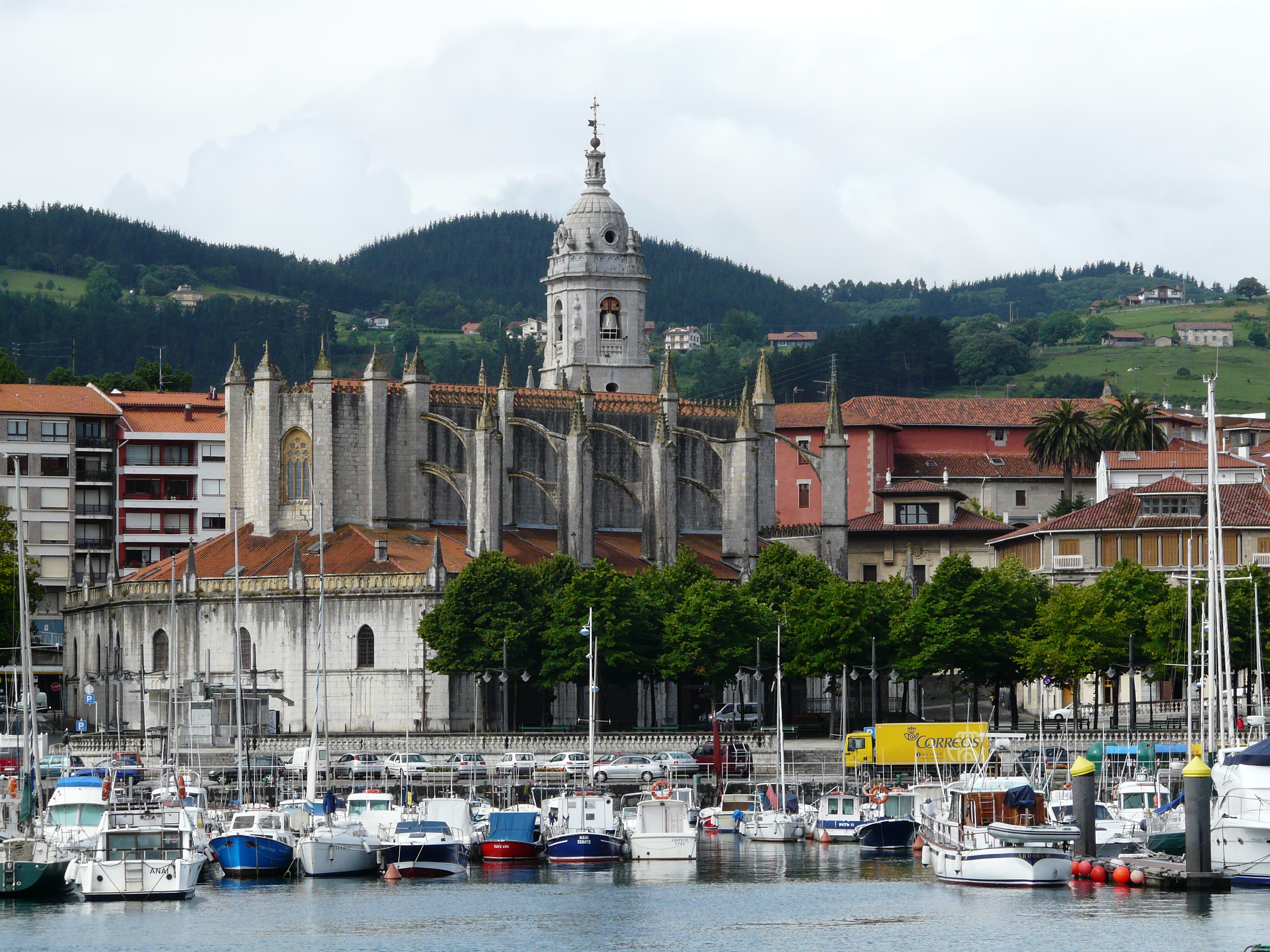Basque ethnography at a glance

This is a collection of small stones from the Valley of Carranza (Bizkaia) credited formerly with healing powers.
Nicolás Vicario, in his work El Noble y Leal Valle de Carranza [The Noble and Loyal Valley of Carranza] wrote about them: “Simple folk give credulity to the curative virtue of some stones or miraculous beads that belong to a resident from Ahedo named Manuel María Garay, one of which is used by involuntary childless women to conceive, and to prevent miscarriage and a difficult delivery; another of such stones helps make abundant breast milk and ward off breast conditions; and there is another stone against eye and infant disease. The owner of the mentioned stones relates a host of cures and surprising results obtained by diverse people who borrowed them from him and others who still keep them”. (more…)

Bridal trousseau carried on an ox-cart and escorted by the entire entourage. Bidegoian (Gipuzkoa), 1957. Foto Martín (Tolosa). Labayru Fundazioa Photographic Archive.
The most common current matrimonial regimes for couples who choose to marry include among others community property and separation of property. In the old days the transfer of parental property to a daughter at her marriage and the assembling of her trousseau was an issue of particular concern to the bride-to-be. (more…)

Lekeitio (Bizkaia). Akaitze Kamiruaga. Labayru Fundazioa Photographic Archive.
Otium and negotium are contrasting ancient concepts. Noble Greeks and Romans of a certain status could afford to engage in conversation, reading, writing, artistic endeavours… Such a time of laborious leisure was known as otium. Tradespeople and merchants, however, coped with the demands of daily business or negotium. Much has changed since then. (more…)

The procession leaves church. Garai (Bizkaia), 2013. Igone Etxebarria. Labayru Fundazioa Photographic Archive.
The region of Durango in Bizkaia is home to countless traditions. An example is the set of dances known as Dantzari-dantzea, literally ‘Dance of dancers’. They are executed by eight dancers to the sound of the txistu at village, neighbourhood and brotherhood celebrations.
Already in 1881 Humboldt, the German naturalist, mentioned it in one of his works. The tradition continued uninterrupted and has since spread to every corner of the territory. (more…)

